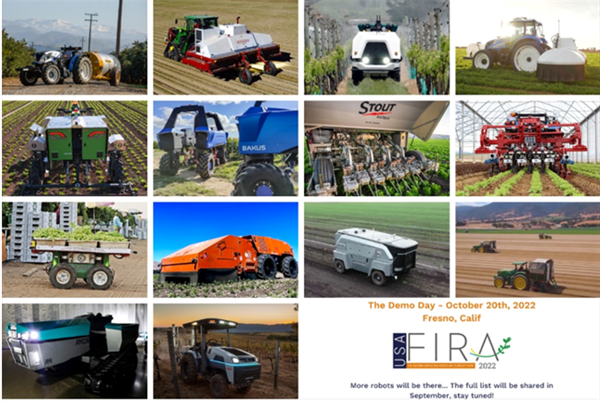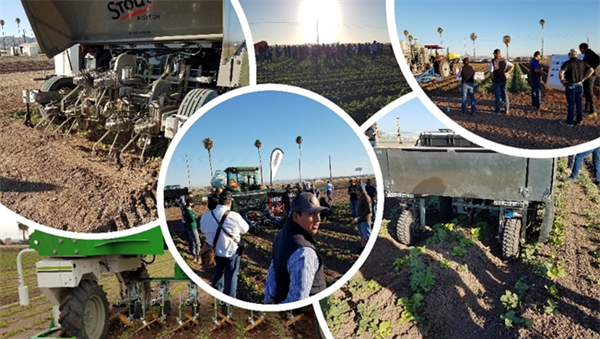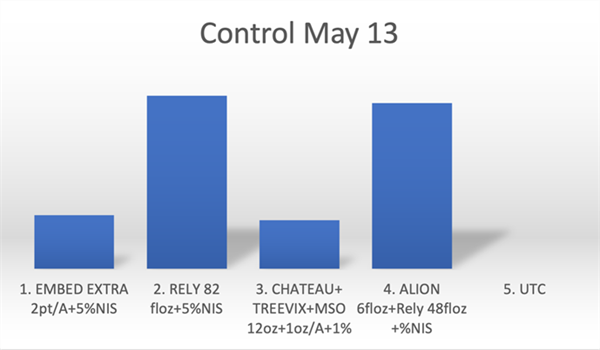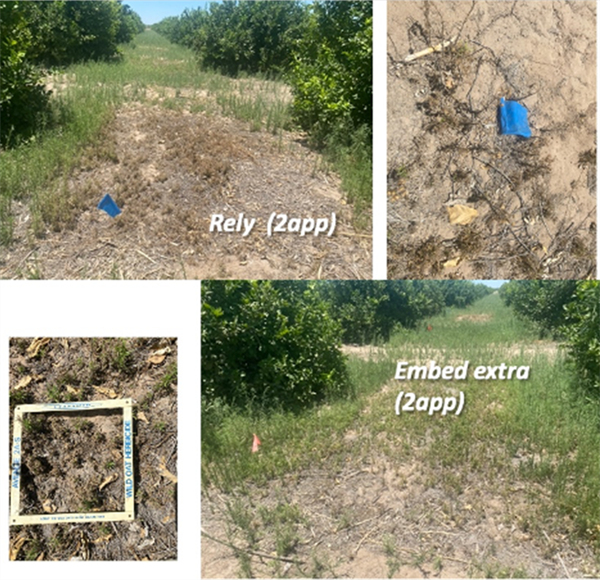



Frost and freeze damage affect countless fruit and vegetable growers leading to yield losses and occasionally the loss of the entire crop. Frost damage occurs when the temperature briefly dips below freezing (32°F).With a frost, the water within plant tissue may or may not actually freeze, depending on other conditions. A frost becomes a freeze event when ice forms within and between the cell walls of plant tissue. When this occurs, water expands and can burst cell walls. Symptoms of frost damage on vegetables include brown or blackening of plant tissues, dropping of leaves and flowers, translucent limp leaves, and cracking of the fruit. Symptoms are usually vegetable specific and vary depending on the hardiness of the crop and lowest temperature reached. A lot of times frost injury is followed by secondary infection by bacteria or opportunist fungi confusing with plant disease.
Most susceptible to frost and freezing injury: Asparagus, snap beans, Cucumbers, eggplant, lemons, lettuce, limes, okra, peppers, sweet potato
Moderately susceptible to frost and freezing injury: Broccoli, Carrots, Cauliflower, Celery, Grapefruit, Grapes, Oranges, Parsley, Radish, Spinach, Squash
Least susceptible to frost and freezing injury: Brussels sprouts, Cabbage, Dates, Kale, Kohlrabi, Parsnips, Turnips, Beets
More information:
Interested in the latest ag technologies? There are a couple of events coming up next month that are worth reminding everyone about. The first is FIRA USA which is a 3-day event being held October 18-20th in Fresno, CA. The focus is on autonomous farming and agricultural robotics solutions. The event includes top-level keynote speakers, breakout sessions, a trade show and in-field demos of automated/robotic harvesting, weeding and planting equipment. The emphasis is on specialty crops, many related to vegetable crop production so it looks to be an informative program. For more information, click here or on the image below.
If you are unable to attend FIRA USA, another option is the University of Arizona’s 3rd AgTech Field Day. The event will be held Tuesday, October 25th at the University of Arizona’s Yuma Agricultural Center. The program will feature many of the technologies presented at FIRA being demoed in the field.
As mentioned in the previous issue, we’d like to showcase as many innovative ag technologies as possible at our UA Field Day. There is still room on the program, so please contact me if you are interested in demoing your equipment or know someone that is. It’s an open invitation - private companies, and university and government researchers are all welcome!

Fig. 1. FIRA-USA conference held October 17-20th in Fresno, CA.
(Photo credits: FIRA-USA).

Fig. 2. The University of Arizona’s 3rd AgTech Field Day will be held Oct. 25th,
2022, at the Yuma Agricultural Center, Yuma, AZ. (Photo from UA’s 2nd AgTech
Field Day held in 2021).
Overreliance in glyphosate could increase the risk of reduced efficacy of this herbicide. Some the weeds difficult to control with glyphosate in our area are: Hairy fleabane (Coniza bonariensis), Horseweed (Coniza canadiensis), White sweet clover (Melilotus albus). Pig weed (Amaranthus palmeri), and Cheeseweed (Malva parviflora). We are conducting experiments in the Yuma area to identify effective herbicide control options for Hairy fleabane. Some research done in Australia has shown that Fleabane cannot be controlled with a single herbicide treatment even with knockdown herbicides such as paraquat + diquat, and researchers suggest the need of combinations of different modes of action to achieve control effectively1. In one fleabane evaluation started May 6, 2022, we included the following treatments: 1. Embed Extra 2pt/A+5%NIS 2. Rely 82 floz+5%NIS 3. Chateau+ Treevix+MSO (12oz+1oz/A+1%)


We noticed treatments including Glufosinate (Rely) showed best burndown activity, but regrowth was observed in two weeks (13-14 plants per ft2). So, a second application was performed on three weeks after first on the Rely plots.
The grower and PCA informs us that Sulfenacil (Sharpen) has worked effectively for them with sequential applications. Additionally, we are evaluating Suppress and Clopyralid in the same location.
You are always welcomed to send your comments, suggestions to the IPM Team. Let us know what you are doing and your findings. We know there is a researcher in every grower and PCA and your input is greatly appreciated.

Results of pheromone and sticky trap catches can be viewed here.
Corn earworm: CEW moth counts remain at low levels in all areas, well below average for this time of year.
Beet armyworm: Trap increased areawide; above average compared to previous years.
Cabbage looper: Cabbage looper counts decreased in all areas; below average for this time of season.
Diamondback moth: DBM moth counts decreased in most areas. About average for this time of the year.
Whitefly: Adult movement beginning at low levels, average for early spring.
Thrips: Thrips adult counts reached their peak for the season. Above average compared with previous years.
Aphids: Aphid movement decreased in all areas; below average for late-March.
Leafminers: Adults remain low in most locations, below average for March.